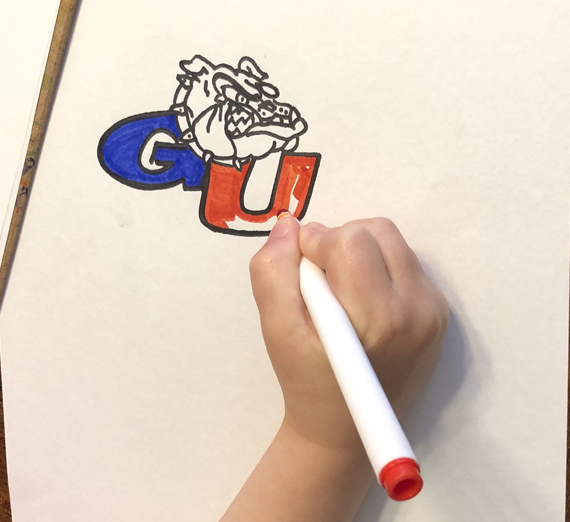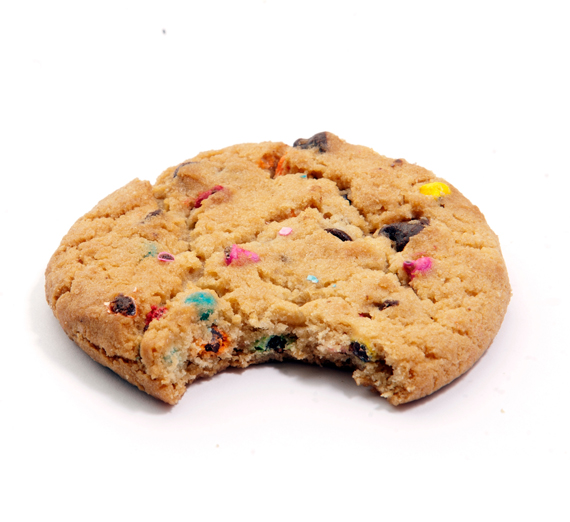Gonzaga's University Advancement division is grateful for you!
The people behind the University's fundraising and alumni engagement work wants to say "thank you for being part of the Gonzaga community." Because of dedicated Zags like you, Gonzaga's tradition of distinctive and exemplary Jesuit education continues, generation after generation. Gonzaga's community of committed parents, alumni, friends, families, graduate students, faculty, staff and fans is an unrivaled group of people who together, provide a strength and impact felt worldwide.
As a token of gratitude, please enjoy these digital "treats," and be sure to connect with the Zag Alumni and Friends online community. Also, consider joining Gonzaga's family of donors who support the University and its students each year with their generosity and care.







